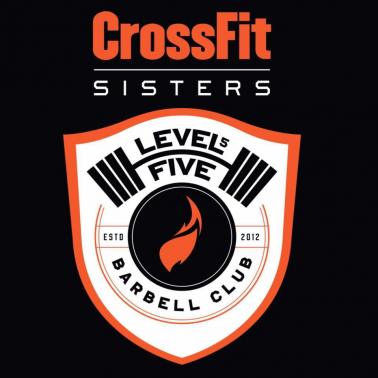Olympic Weightlifter Tested Positive for Oral Turinabol Metabolites
Olympic Weightlifter Tested Positive for Oral Turinabol Metabolites | steroid.com
Ryan Hudson tested positive for Oral Turinabol metabolites last year and tested positive for Winstrol metabolites the previous year.
Ryan Hudson was suspended for four years after testing positive for long-term metabolites of dehydrochloromethyltestosterone (DHCMT). DHCMT is the active steroidal ingredient in Oral Turinabol.
 The United States Anti-Doping Agency (USADA) identified the specific long-acting DHCMT metabolites as 4α‐chloro‐18‐nor‐17β‐hydroxymethyl-17α‐methyl‐5α-androst‐13‐en‐3α‐ol and DHCMT M3. The metabolites were found in an out-of-competition urine sample collected on June 14, 2017.
The United States Anti-Doping Agency (USADA) identified the specific long-acting DHCMT metabolites as 4α‐chloro‐18‐nor‐17β‐hydroxymethyl-17α‐methyl‐5α-androst‐13‐en‐3α‐ol and DHCMT M3. The metabolites were found in an out-of-competition urine sample collected on June 14, 2017.
Hudson was suspended for 4 years as a result. USADA usually bans athletes for 8-years following a second anti-doping violation. However, USADA decided a four year reduction in his suspension was appropriate since the levels of DHCMT were extremely low – and presumably the result of some type of dietary supplement contamination.
The Russian scientist who blew the whistle of Russia’s state sponsored doping program is the reason Hudson was busted.
Oral Turinabol and Winstrol used to be some of the favorites steroids for drug-tested athletes. The oral steroids seemingly cleared the system rapidly and were previously undetectable when discontinued a few days before a drug test.
This all changed when Grigory Rodchenkov created a new anti-doping test that increased the detection window for Oral-Turinabol and Winstrol tablets from several days to over six months in 2013. These two anabolic steroids have been responsible for most steroid positives ever since then.
This was the same Grigory Rodchenkov who defected to the United States from Russia and spilled the beans on the rampant use of steroids by Russian athletes.
Hudson had the misfortune of testing positive for both Oral Turinabol and Winstrol metabolites at different points in his weightlifting career. Hudson’s first steroid positive involved stanozolol (Winstrol). It resulted from an in-competition urine sample collected at the 2015 American Open in Reno, Nevada on December 5, 2015.
Hudson tested positive for the anabolic steroid stanozolol and two stanozolol metabolites – 16ß-hydroxystanozolol and 4ß-hydroxystanozolol. Hudson was banned for four-years as the penalty for his first-time ADRV. This period of ineligibility extended from May 24, 2016 to May 24, 2020.
The suspension for Hundson’s second anti-doping violation apparently can be served concurrent his first suspension. The second suspension began on June 14, 2017 and ends on June 14, 2021. The DHCMT positive effectively adds just over one year to his pre-existing period of ineligibility.
Before USADA interrupted his powerlifting pursuit, Hudson was emerging as one of the top weightlifters in the country. Hudson shattered several state weightlifting records in Oregon in 2014.
On his way to winning the 2014 Oregon Overall State Championship, Hudson broke two records in the 77-kilogram weight class – the snatch and the total.
Hudson may not be permitted to compete thanks to the USADA sanctions. However, he has still been able to work with several power and strength athletes in his role as a coach and owner of the Level 5 Training facility in Sisters, Oregon.
Source:
USADA. (December 20, 2018). U.S. Weightlifting Athlete Ryan Hudson Accepts Sanction for Second Anti-Doping Rule Violation. Retrieved from usada.org/ryan-hudson-accept-doping-sanction-second-violation/



 The United States Anti-Doping Agency (USADA) identified the specific long-acting DHCMT metabolites as 4α‐chloro‐18‐nor‐17β‐hydroxymethyl-17α‐methyl‐5α-androst‐13‐en‐3α‐ol and DHCMT M3. The metabolites were found in an out-of-competition urine sample collected on June 14, 2017.
The United States Anti-Doping Agency (USADA) identified the specific long-acting DHCMT metabolites as 4α‐chloro‐18‐nor‐17β‐hydroxymethyl-17α‐methyl‐5α-androst‐13‐en‐3α‐ol and DHCMT M3. The metabolites were found in an out-of-competition urine sample collected on June 14, 2017.